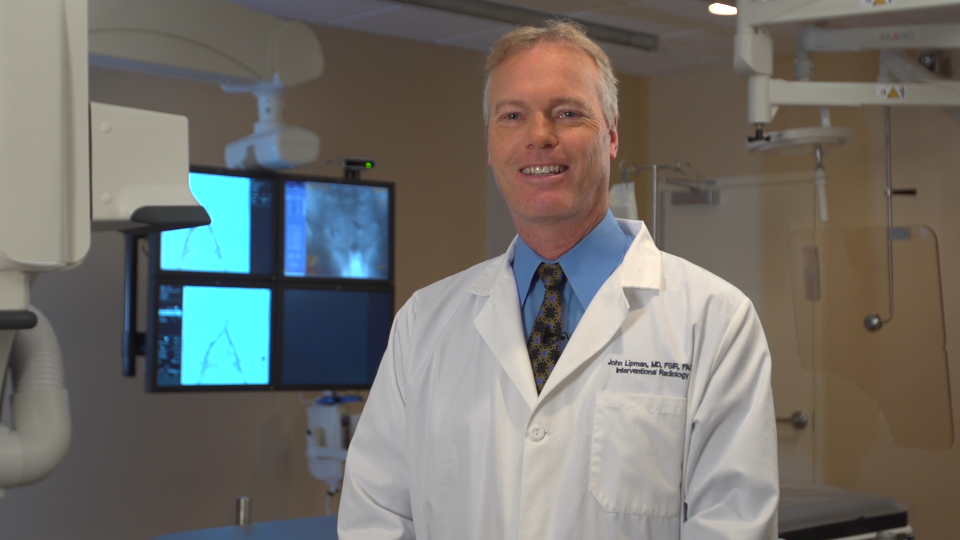
By John C. Lipman, M.D.
What if there was a condition that affected up to 80 percent of adult African American women and made the lives of many of these women absolutely miserable? What if there was a procedure that could replace the surgery that is typically done for this condition and relieve the suffering for over a million women in this country who are trying to survive the condition without undergoing surgery?
There is such a condition — uterine fibroids — and there is a significant medical breakthrough nonsurgical procedure known as uterine fibroid embolization (UFE). The public health and economic burdens particularly for women of color are immense. Aside from obesity, it would be hard to find a more pressing health issue for women in this country, and yet it has garnered very little attention. Given the potential to improve the lives of so many women, it is puzzling that women are not aware of the UFE procedure.
Uterine fibroids are the most common pelvic tumor in women. While they are benign, they cause significant issues for many women, including menstrual periods lasting one to two weeks each month, episodes of excessive bleeding or passing sizable blood clots. They often cannot work for several days each month due to the disability and embarrassment associated with this condition. Uterine fibroids can also cause pelvic pain and pressure, increased urinary frequency and even urinary incontinence.
Fibroids are three times more prevalent in African American women than Caucasian women, impacting their quality of life in several areas, including work productivity, sexuality, self-image, relationships, and social, emotional and physical well-being.
Unfortunately, most women are only offered one option for relief: surgery. While hysterectomy does end a woman’s fibroid problem, it comes at a very steep price. Women facing this decision are typically in their 30s and 40s, and a woman losing her uterus at that age can be devastating, even if she has completed childbearing. The “after-effects” of hysterectomy include depression and despair from losing the womb, loss of sexual desire, urinary incontinence and immediate menopause.
Uterine fibroid embolization provides the solution and is covered by all insurance providers. UFE is a revolutionary outpatient medical procedure and does not involve a hospital, or a surgeon, or a robot. It is performed by an interventional radiologist, a physician specifically trained in image-guided targeted procedures.
Atlanta Fibroid Center is recognized among the most experienced in the area of uterine fibroid embolization in the country, having performed this outstanding procedure on well over 7,000 women. UFE has a long track record of safety and efficacy. Patients experience relief of symptoms in about 90 percent of cases and completely avoid the risks and long recovery of surgery. Patients are discharged after a several-hour recovery with just a bandaid and will recover at home for several days and return to work typically in one week (versus a typical two-month hiatus with surgery). Compared to surgery, UFE is safer, less invasive, has a much shorter recovery, and the woman keeps her uterus and preserves her fertility.
I encourage everyone to educate themselves on UFE and share our social media campaign, #DontLoseUrU. Please spread this information and help our grassroots effort to end this health care disparity and allow women the option to keep their uterus.
For more information, visit the Atlanta Fibroid Center’s website at ATLii.com.
Dr. John C. Lipman is the founder and medical director of the Atlanta Fibroid Center in Smyrna, Georgia. He is an adjunct clinical assistant professor in the Department of Obstetrics & Gynecology at Morehouse School of Medicine in Atlanta.













